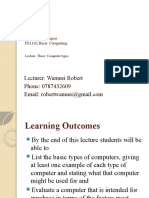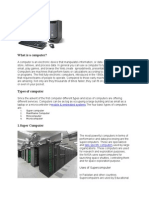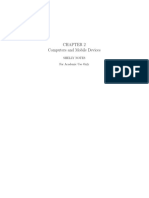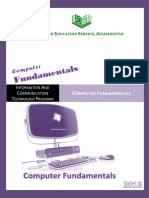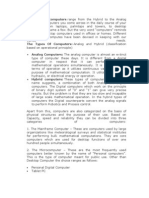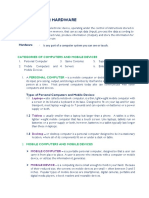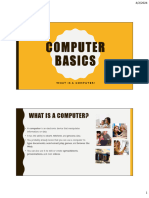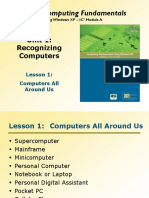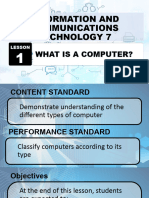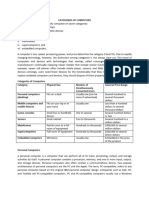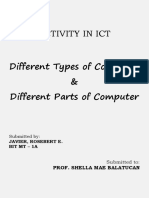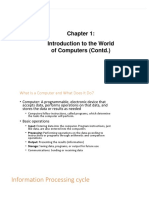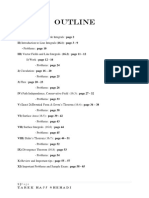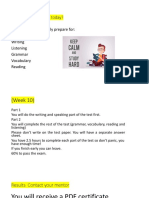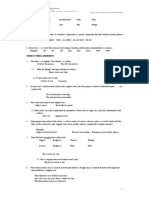0% found this document useful (0 votes)
31 views29 pagesLectures 13 SW
The document provides an overview of personal computers, detailing their definition and various types including desktop computers, workstations, notebook computers, tablet PCs, handheld computers, and smartphones. Each type is described in terms of its functionality, design, and typical use cases. The document emphasizes the evolution and capabilities of these devices, highlighting their importance in everyday life.
Uploaded by
muhammadalisamo786Copyright
© © All Rights Reserved
We take content rights seriously. If you suspect this is your content, claim it here.
Available Formats
Download as PPTX, PDF, TXT or read online on Scribd
0% found this document useful (0 votes)
31 views29 pagesLectures 13 SW
The document provides an overview of personal computers, detailing their definition and various types including desktop computers, workstations, notebook computers, tablet PCs, handheld computers, and smartphones. Each type is described in terms of its functionality, design, and typical use cases. The document emphasizes the evolution and capabilities of these devices, highlighting their importance in everyday life.
Uploaded by
muhammadalisamo786Copyright
© © All Rights Reserved
We take content rights seriously. If you suspect this is your content, claim it here.
Available Formats
Download as PPTX, PDF, TXT or read online on Scribd
/ 29






